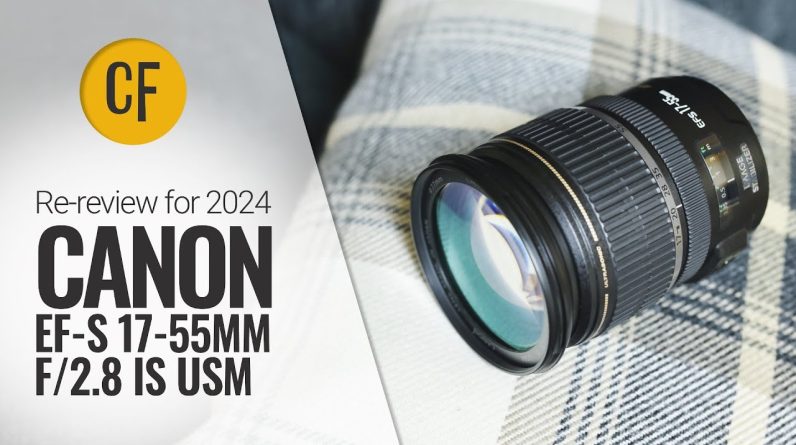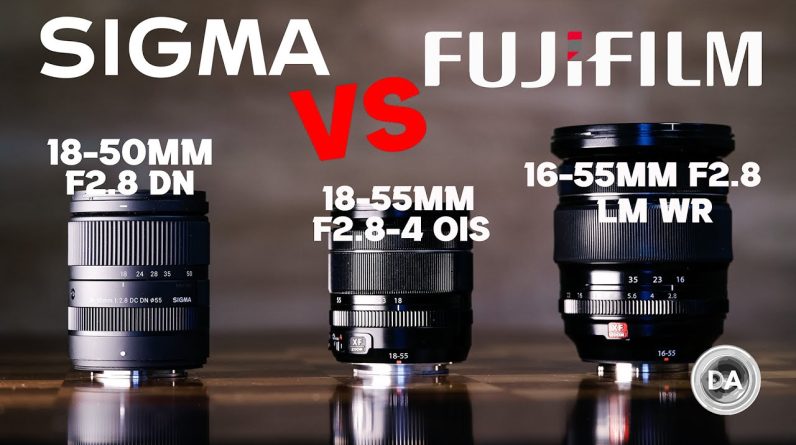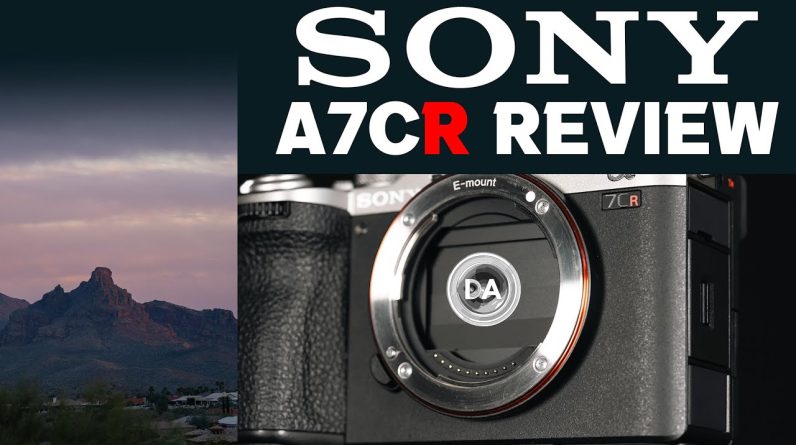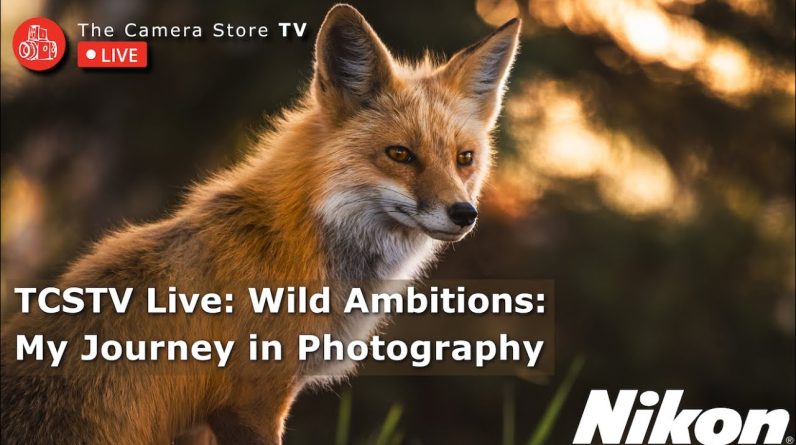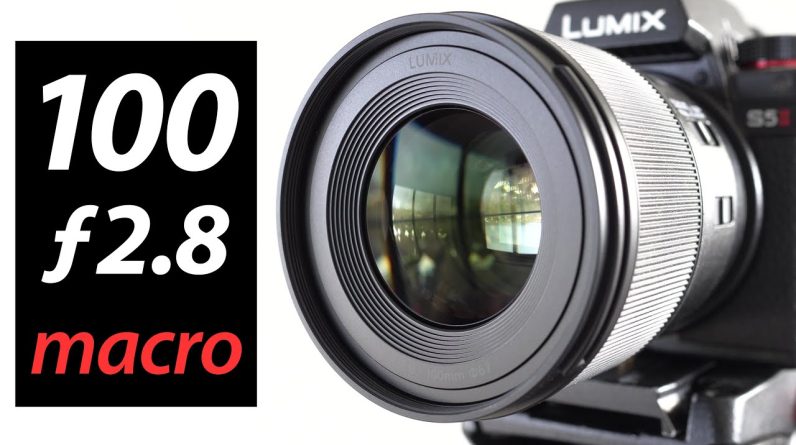Hi I'm Gordon from camera labs and this Is my review of the Void Lander 50mm F1 Nocton a lens that may have a standard Focal length but anything other than the Standard aperture yep F1 is a whole stop Brighter than 1.4 and capable of some Very shallow depth of field effects Originally launched in early 2022 for The Leica M Mount void Lander and parent Company Casina later announced native Mirus versions for Nikon Zed and Canon RF mounts Yes you heard that right a Third- party lens with a native RF mount For Canon ELR mirrorless cameras thanks To it being manual rather than autofocus So there's no adapters required and the Lens will even support some body Features to Aid focusing the Canon RF Version arrived towards the end of 2023 And that's the model that I'm reviewing Here mounted on an EOS R5 body running Firmware 1.9.0 although most of my results should Also apply to the other two mounts as They appear to share a similar Optical Design all three versions cost around $1,800 or around £1,650 and many thanks to Robert White In the UK who loaned me the lens for my Tests and remember it's a native lens so There's no need for any adapter for such A large aperture lens the 50 mil F1 Nocton is impressively compact measuring 79 mil in diameter 64 mm long and
Weighing a very reasonable 615 G making It solid but not heavy maned on a body It feels very manageable unlike the Consider heftier Canon RF 50 mil 1.2l And especially the giant zotus 55 mil 1.4 for comparison the Canon rf5 1.2l is 90 mil in diameter 108 mil long and Weighs 950 G although as you know it's An autofocus lens meanwhile the manual Focus otus 55 1.4 measures 92 mil by 118 Mil long and weighs 970 G so the 50 mil F1 nocton is almost half the length in 2/3 the weight of these two models while Boasting a brighter apture than either The build quality of the 50 mil F1 Nocton is excellent with a metal barrel And all the numbers and lettering etched Into it rather than being painted Including a depth of field scale that's Closest to the lens mount there isn't a Rubber grommet at the mount end nor any Mention of specific weather ceiling but I did use the lens in light drizzle Without any issues as a manual focus Lens the 50 mil F1 nocton has a pretty Simple design with just two control Rings for FOC focus and aperture the Focusing ring feels buttery smooth in Operation is perfectly damped with a Generous throw of around 180° extending the barrel by about a Centimeter this allows incredibly Precise adjustments for photo or video And it's a traditional mechanically
Linked design too rather than the fly by Wire motorized systems of most modern Mirrorless lenses this in turn gives it A feeling of Engagement that I feel is Lacking on Modern autofocus lenses There's hard stops at both ends of the The focusing range from the closest Distance of 45 cm to infinity and I was Also pleased to see the focusing ring Allowing a little rigle room Beyond The Infinity marker to accommodate say Thermal expansion manufacturing Variances or perhaps for infrared Imaging use note the Nikon and Leica M Versions have different grips on their Manual focusing rings and the Nikon Version has its focusing Direction Reversed to match the lenses in that System I should also mention that while The optical formula does look similar Between the three vers s the original Leica Mount model had a minimum focusing Distance quoted as 90 CM versus 45 for The Canon and nickon versions meanwhile The aperture ring is positioned at the End of the barrel running between F1 and F16 there's no Auto position for body Control so you'll be adjusting the Aperture using this ring alone if the White dot at the end of the lens Barrel Is facing upwards the aperture ring is Clicked at 1/3 increments pushing this Outermost ring inwards allows you to Rotate it by 180° though to declick the
Apture ring for smooth adjustments in This configuration a yellow dot now Faces up at the end of the barrel at the End of the lens is a 67 mm filter thread And the lens is supplied with a metal Hood that screws on the hood also Includes its own thread though to allow Both it and a filter to be fitted at the Same time looking at the mount end of The lens you'll notice electrical Contacts this may be a manual focus lens But it will communicate with Canon eosr Bodies relaying exif data working Alongside any Ibis in the body to Deliver up to three stops of Compensation as well as supporting Manual focus assistance modes I recorded The HDMI output from the ESR 5 to show How the focusing AIDS work in practice First I'm just racking the focus with The aperture wide open in the full image View note that the aperture may have a Ring icon next to it on the screen here But there's no body based control for This lens so the first thing you can do To Aid focusing is to Simply magnify the Image which on the R5 starts at six Times you can see this makes nailing the Precise Focus much easier although You'll also notice some colored fringing Here which I'll talk about later the R5 Also offers an even greater 15 times Magnified mode if desired next is focus Peaking which outlines the area in focus
In a choice of colors sadly I can't show It here as the R5 disables peaking over The HDMI output assuming that you're Going to be using a field monitor or Recorder instead but I did use peeking a Lot with this lens and found it Invaluable the third manual focusing Assistance mode on the R5 is the focus Guide which displays three triangles Above or below the current focusing area Which you can move using the joystick or Touchscreen as normal as you focus the Lens you'll see the two outer triangles Begin to rotate towards or away from Each other get them to line up in the Middle though and they'll turn green to Confirm whatever's in the focusing box Is now sharp remember everything you're Seeing here is fully manual focus with The aperture wide open at a unforgiving F1.0 but the various AIDS make nailing a Sharp image surprisingly quick and easy And dare I say it fun too how about Photographing people let's first Manually position the focusing area of My eye using the joystick before then Using the focus guide Graphics to adjust It this can work well but remember you Can also magnify the view for a closer Look first at six times then 15 times on The eosr 5 that I'm using here sorry for All the blinking where it gets clever Though is if you select face and eye Detection from the focus area menu on
The R5 now notice how the camera Automatically moves the focusing box Over my eye as soon as the image is Sharp enough for it to recognize a human Face with the box now automatically Positioned over the eye you can then use The focus guide Graphics or peaking to Adjust it as required sadly the R5 Doesn't also support a magnified view When using face and eye mode but I still Found the guide and peaking made Portrait photography much quicker and Easier than you might expect for a Manual focus lens all right let's have a Look at some photos I took mostly at F1.0 where the nocton delivers greatl Looking images with sharp details Attractive rendering of colors and Contrast and of course plenty of Opportunity to obliterate defocused Areas it's a corny and often overused Description but the images have an Almost 3D pop to them at times they're Also lacking the clinical look of many Modern mirrorless lenses with a lot more Personality to them as a result now this Is a double-edge sword as the best Canon RF lenses such as the RF 50 mil 1.2l Will outperform the nocton technically At least when comparing my own sample Images the Canon lens could deliver pin Sharp results in the middle and even Towards the corners wide open at f1.2 Whereas my images from the nocton that I
Tested looked a little bit soft in Comparison at f1.0 and didn't begin to Deliver similar crispness to the Canon Lens until it was closed to around F2 or Smaller at first I thought this could be Down to focusing errors as f1.0 can Certainly be unforgiving but I repeat The tests again and again with similar Results the nocton can certainly bite When close to F2 or smaller but at f1.0 Don't expect razor sharp details if You're pixel peeping vignetting or Darkening in the corners is also Unsurprisingly apparent on the nocton at F1.0 or be it's something that you can Easily improve in post a thornier issue Though is quite evident longitudinal Chromatic abberation or locer for short Which means you may see colored fringing On either side of the plane of focus This can be particularly evident on say Branches against a white sky or with Shiny objects to be fair this isn't Uncommon on very large aperture lenses And void Lander even mentions it on the Info sheets for this lens but it is Something to be aware of it is also Important though to mention that the Lens isn't employing any software Corrections as far as I'm aware instead You're looking at pure Optical results Here and as such it's a refreshing Alternative to the highly corrected Lenses which Chase Perfection but often
Leave you cold as a result indeed once I'd completed my formal test I just Stopped pixel peeping with the lens and Enjoyed it for what it is flexible Standard coverage with beautiful Rendering and a potential for Substantial blurring I mean just look at My boa blob test here with the lens Positioned close to its minimum focusing Distance of 45 cm and with the aperture Wide open those are textbook blobs right There smooth no onion ringing or Outlining to mention just a lovely Boko Waiting for you at the end of the Aperture ring as you close the aperture You'll see the effect of the 12 bladed Diaphragm system resulting in geometric Shapes which you may or may not like You're looking at closing it to around F4 before those cat- size shapes in the Corners are rendered as more consistent Circles but to be honest I just love the Look at F1 note that you may notice some Focus shifting as the aperture closes so It's best to focus the lens after you've Set the desired aperture that boo also Makes for greatl looking portrait images Even if the individual veins on the Eyeballs aren't pin Sharp again the eye Detection option on the R5 makes it Quick to get a lock onto the important Area of the frame before a small Twist Of the focusing ring brings it into Focus my test period also coincided with
Bonfire season here in my home of Sussex In the UK and had a great time shooting With it at the annual Lis bonfire parade Here people are Marching past lit by Flaming torches making for dramatic Photos but there's little chance of Focusing on them in motion with a fully Manual lens it's just a bit too hard so Instead i' pre-focus on a position say a Couple of meters away and simply wait For the subject to approach it then as They pass through the plane of focus I'd Fire off a burst using the fastest speed The R5 allows with a third party lens There were inevitably a lot of Misses But a handful of hits which at F1 really Allowed the main subject to stand out Against the parade and the chaos around Them now I've used autofocus lenses at This challenging event before and Honestly I found the manual approach Proved almost as effective on hit rate The lens also proved fun for video where Again the raise of thin depth of field Can deliver very dramatic results Sometimes I left the lens prefocused to A fixed distance and either rocked back And forth to concentrate on certain Areas or in the case of the bonfire Parade simply waited for people to walk Through the plane of focus the rendering And pop of the image also work well for Slow motion such as the lisis bonfire Itself here with the flames and Embers
Dancing evocatively in the night you Wouldn't hear me describing many lenses Like that ultimately the void Lander 50 Mil f one KnockOn proved to be one of The most satisfying and enjoyable lenses That I've used in a very long time it May not match the ultimate sharpness or Correction of the best mirus lenses Available especially wide open but more Than makes up for it with character Photos from the lens simply look Fabulous with beautiful colors contrast And rendering plus if you are willing to Stop down a little you can enjoy very Crisp results across the frame from F2 Onwards so pixel peepers just close it a Bit perhaps the biggest surprise though Was how easy and fun it was to use the Manual focus I often approached testing Large aperture manual lenses with some Trepidation but the combination of a Buttery smooth focusing ring with the Electronic Aids on bodies like the eosr 5 made the process surprisingly painless And even enjoyable in an attempt to make Things foolproof the modern photographic Experience can often feel a bit detached And clinical in contrast the mechanical Focusing of the 50 mil F1 nocton felt More engaging than any gear that I've Tested in a long time invariably putting A smile on my face it's just the right Balance of being sufficiently Hands-On To feel like you're in control with
Enough hand holding to make it truly Easy and at a time when many new lenses Are getting larger and heavier the Nocton F1 is satisfyingly Compact and Manageable this is a lens I'd be truly Happy to leave on my camera for most Situations and one that I can highly Recommend for those who are left cold by High-tech Alternatives personally Speaking I would sooner have it than an Adapted ziso 55 1.4 or a Canon 50 mil 1.2l even if both of those models can be Sharper with fewer aberration when wide Open so let me know what you think do You appreciate void Lander's approach to A modern 50mm lens here or do you prefer The convenience of autofocus and the Chance to pixel peep the sharpest glass Even wide open thanks for watching and Thanks again to Robert white for the Loan see you next time bye-bye

